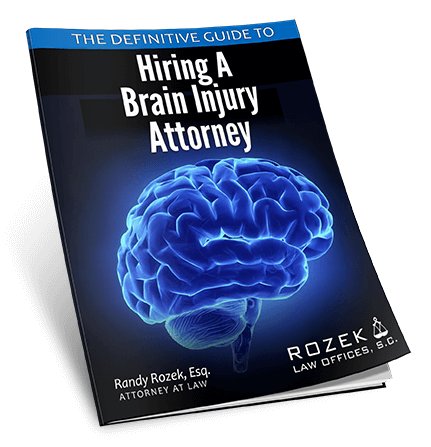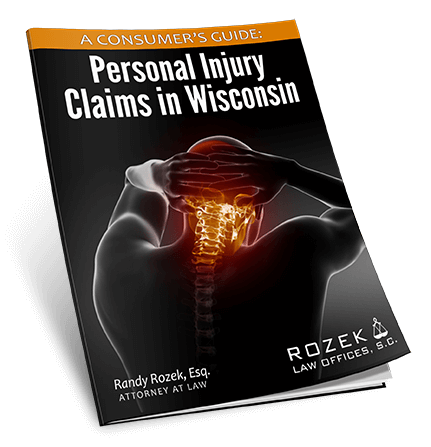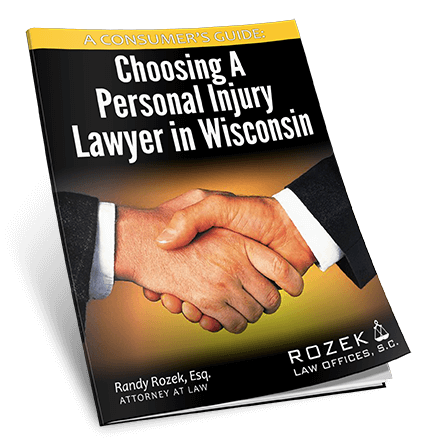Wisconsin Researchers Use Device to Examine Brain Activity
New research that delves into the brain activity of people in the restful non-rapid eye movement (NREM) sleep may eventually help in the treatment of people with traumatic brain injury.
“Researchers from Aalto University and the University of Wisconsin utilized a TMS-EEG device, which combines transcranial magnetic stimulation and EEG, to examine how the brain activity of people in the restful non-rapid eye movement (NREM) sleep is affected by whether they dream or do not dream,” a release reads on the News Medical website. “When the NREM sleep of subjects had lasted at least three minutes, researchers gave magnetic pulses that induced a weak electric field and activated neurons. After a series of pulses, the subject was woken with an alarm sound, and they were then asked whether they had dreamed and to describe the content of the dream.”
Read More: Traumatic Brain Injury Attorney in Wisconsin
It is traditionally thought that dreaming occurs only in REM sleep. However, subjects in the study demonstrated they have woken from NREM sleep and are able to give accounts of their dreams in more than half of cases,’ Post-doctoral Researcher Jaakko Nieminen from Aalto University explains in the release.
“EEG showed that the deterministic brain activity produced by magnetic pulses was notably shorter in people who did not dream, i.e. were unconscious, than in people who had dreamt. We also observed that the longer the story about the dream, the more the subject’s EEG resembled that measured from people who were awake,” Nieminen explains in the release.
It is believed that assessment of consciousness may help in treatment of brain injury patients.
Nieminen performed the measurements with his research colleague Olivia Gosseries at the University of Wisconsin-Madison Center for Sleep and Consciousness.
“The measurements were carried out during a period of over 40 nights and a total of 11 subjects participated. Due to sleeping difficulties and other challenges, reliable measurements could only be acquired from six subjects. During the night, subjects were woken a maximum of 16 times,” the release reads. “Consciousness in different physiological states has previously been researched with TMS-EEG measurements. We wanted to eliminate all other differences related to the different states as thoroughly as possible, and for this reason we focused on the narrow physiological state of NREM sleep, Nieminen notes.”
Transcranial magnetic stimulation is already utilized to treat those with depression and pain. According to Nieminen, in the future the precise data provided by TMS¬-EEG measurements on the state of consciousness may also help in the treatment of those brain injury patients who are unable to communicate.
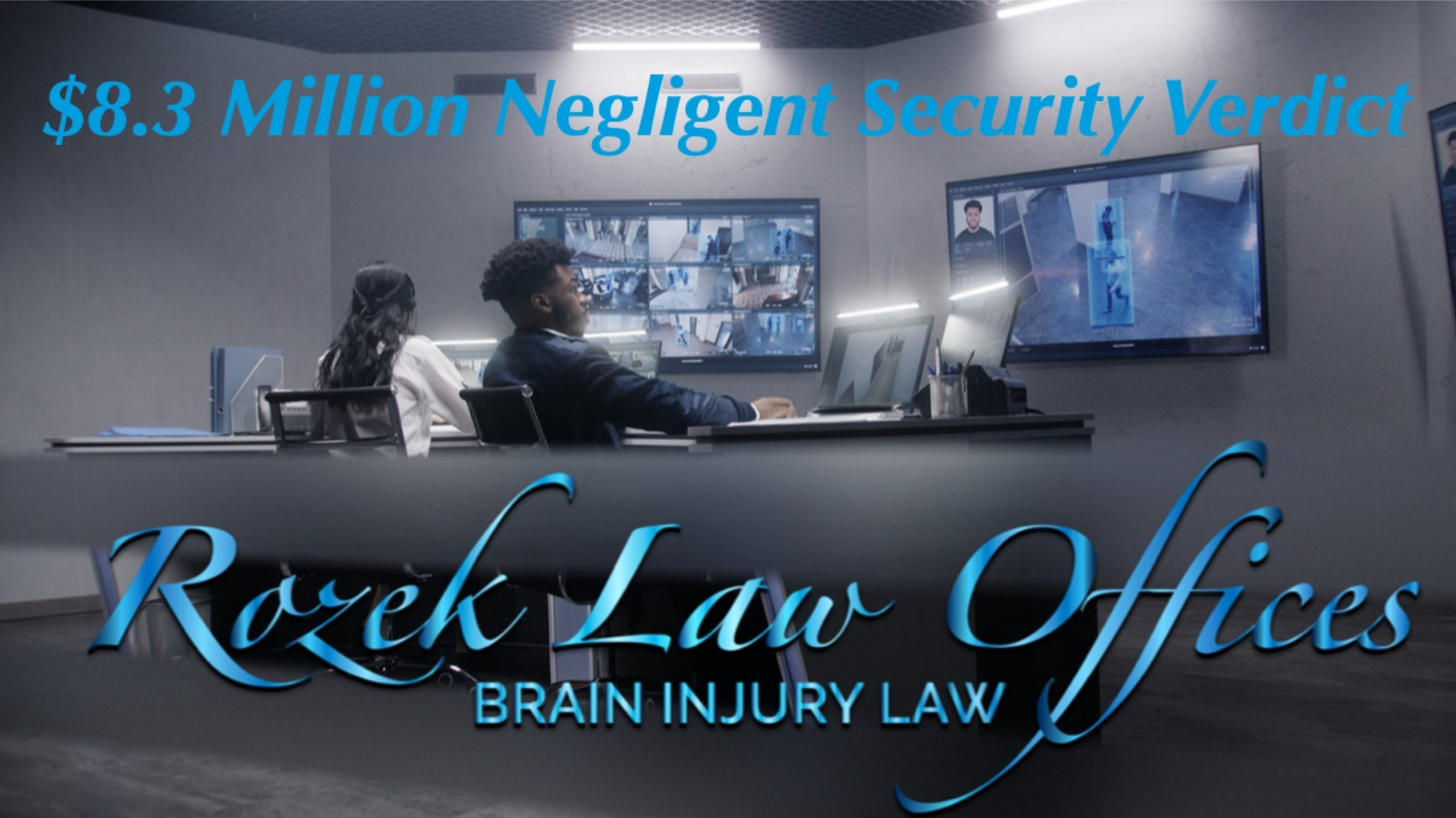
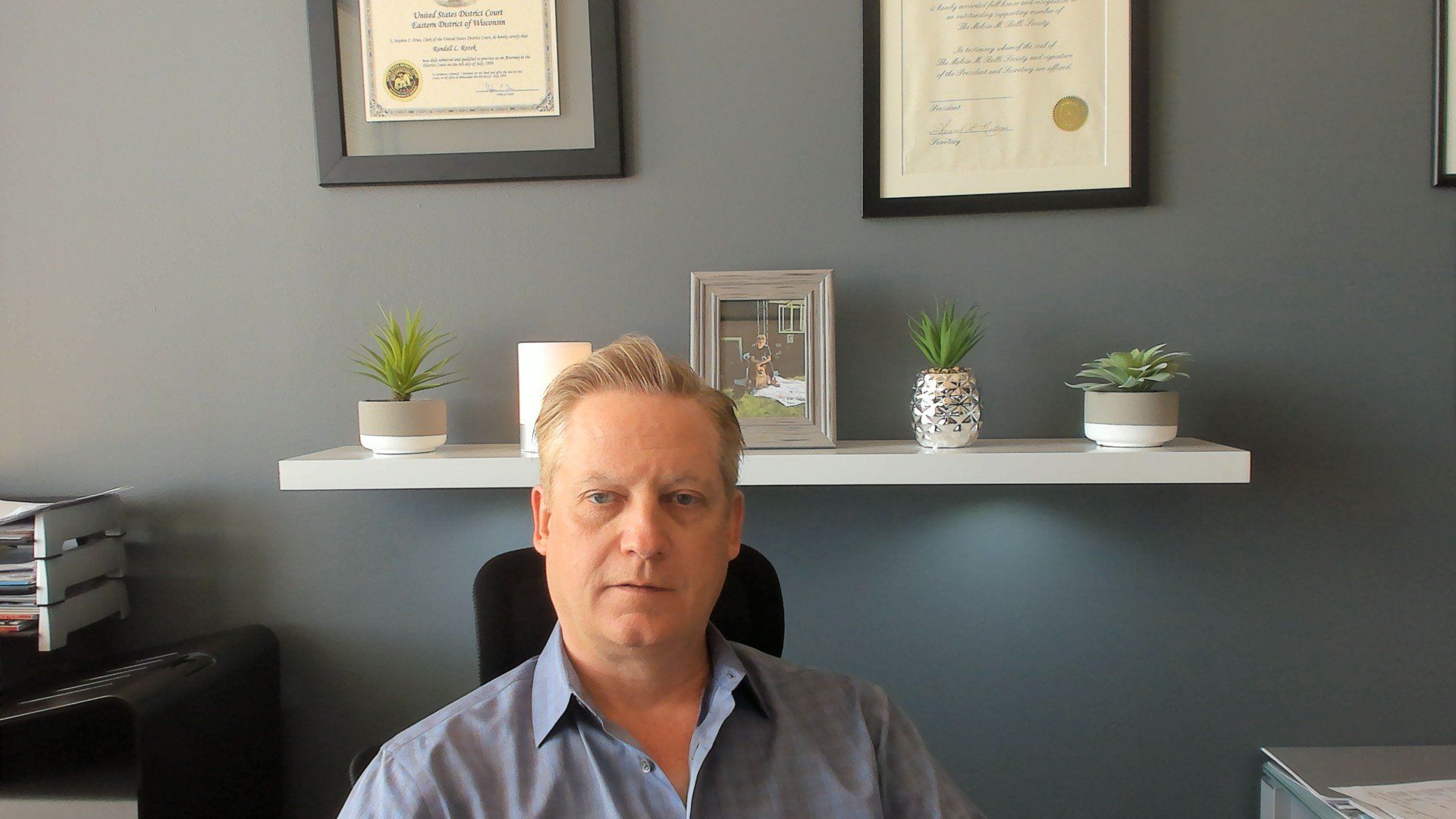


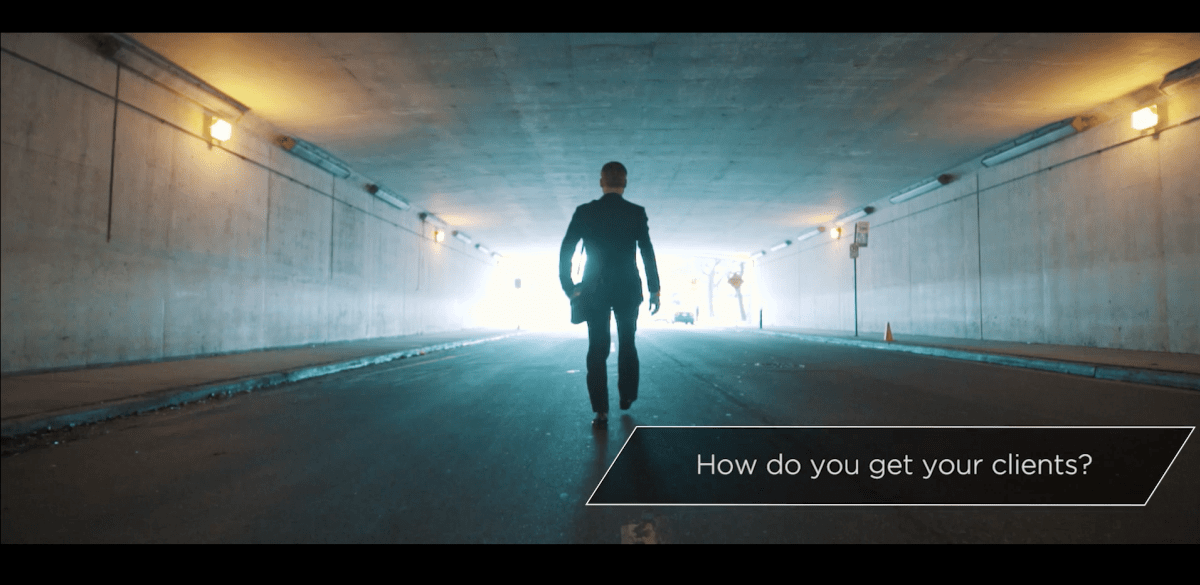

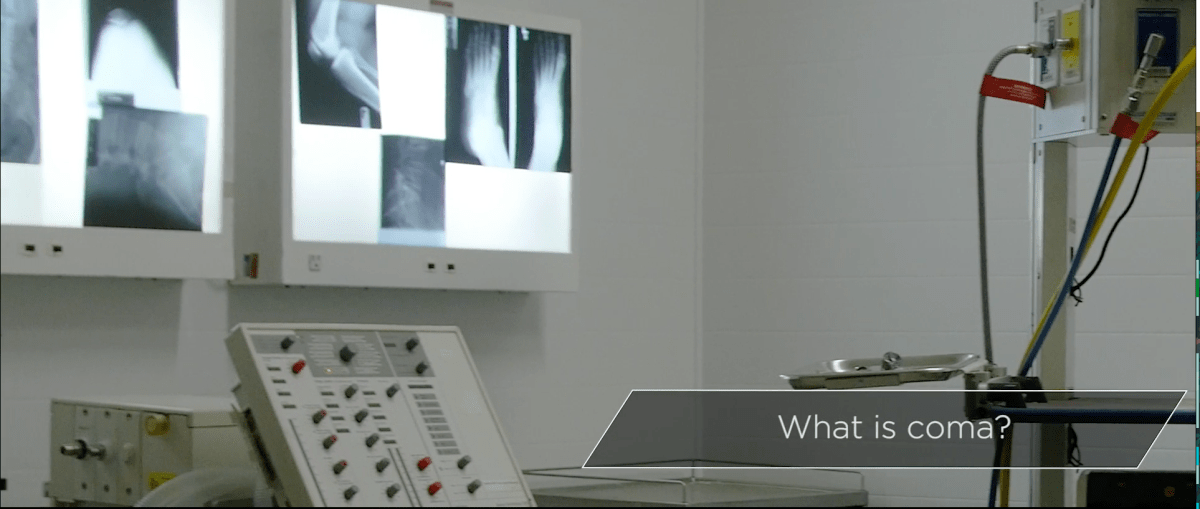


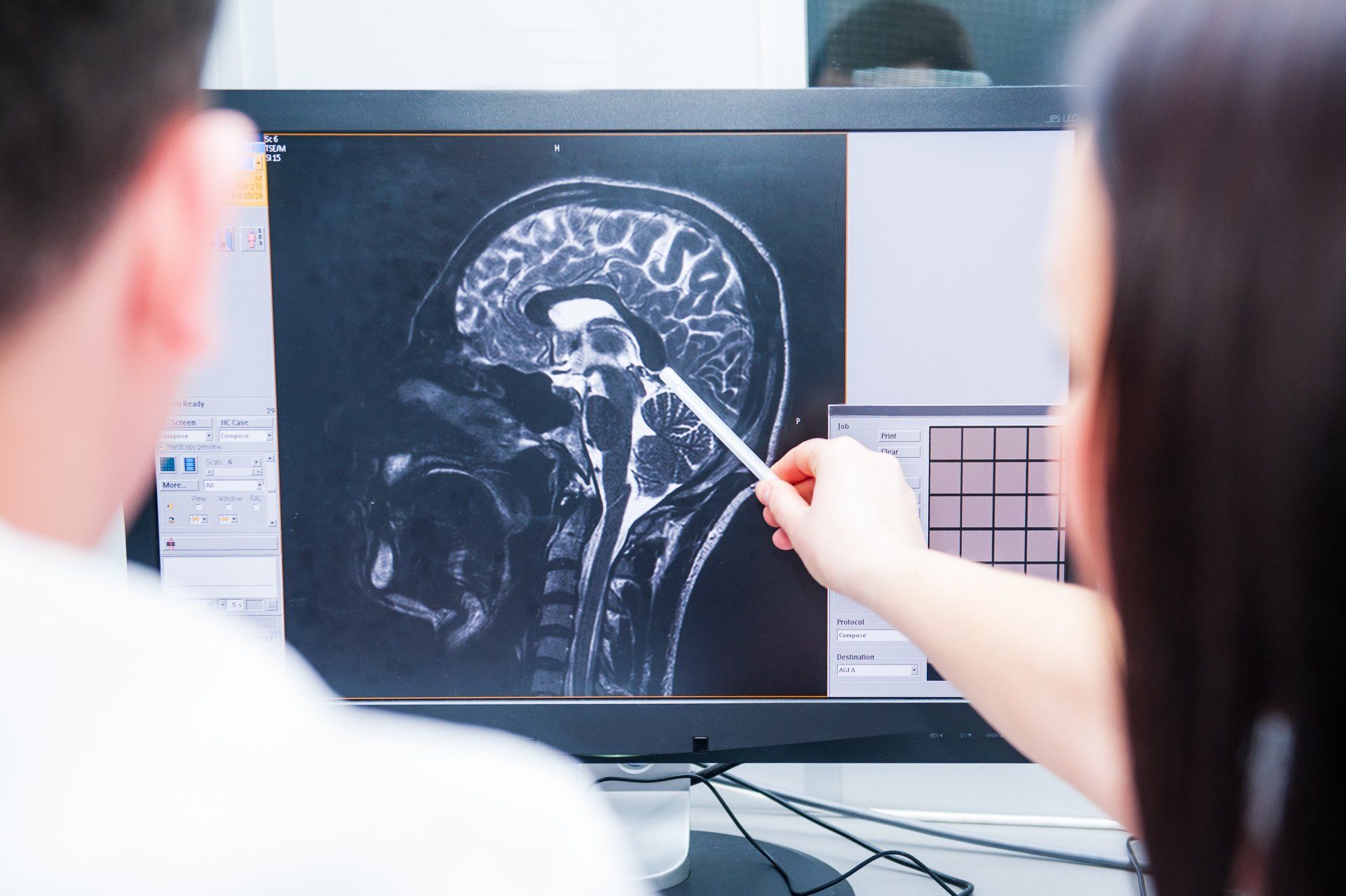
Request Your Free eBook
Our office has provided information regarding the different types of Wisconsin Personal Injury Accidents that we have experience handling.
Wisconsin Accidents
Wisconsin Personal Injuries
Ready to get started?
Call us at 414-374-4444
Main Office Location
Rozek Law Offices, SC
3970 N Oakland Ave Ste 604
Milwaukee, Wisconsin 53211
Additional Client Meeting Location
Rozek Law Offices - Madison
2810 Crossroads Dr Ste 4046
Madison, Wisconsin 53718
Recent Blog Posts






